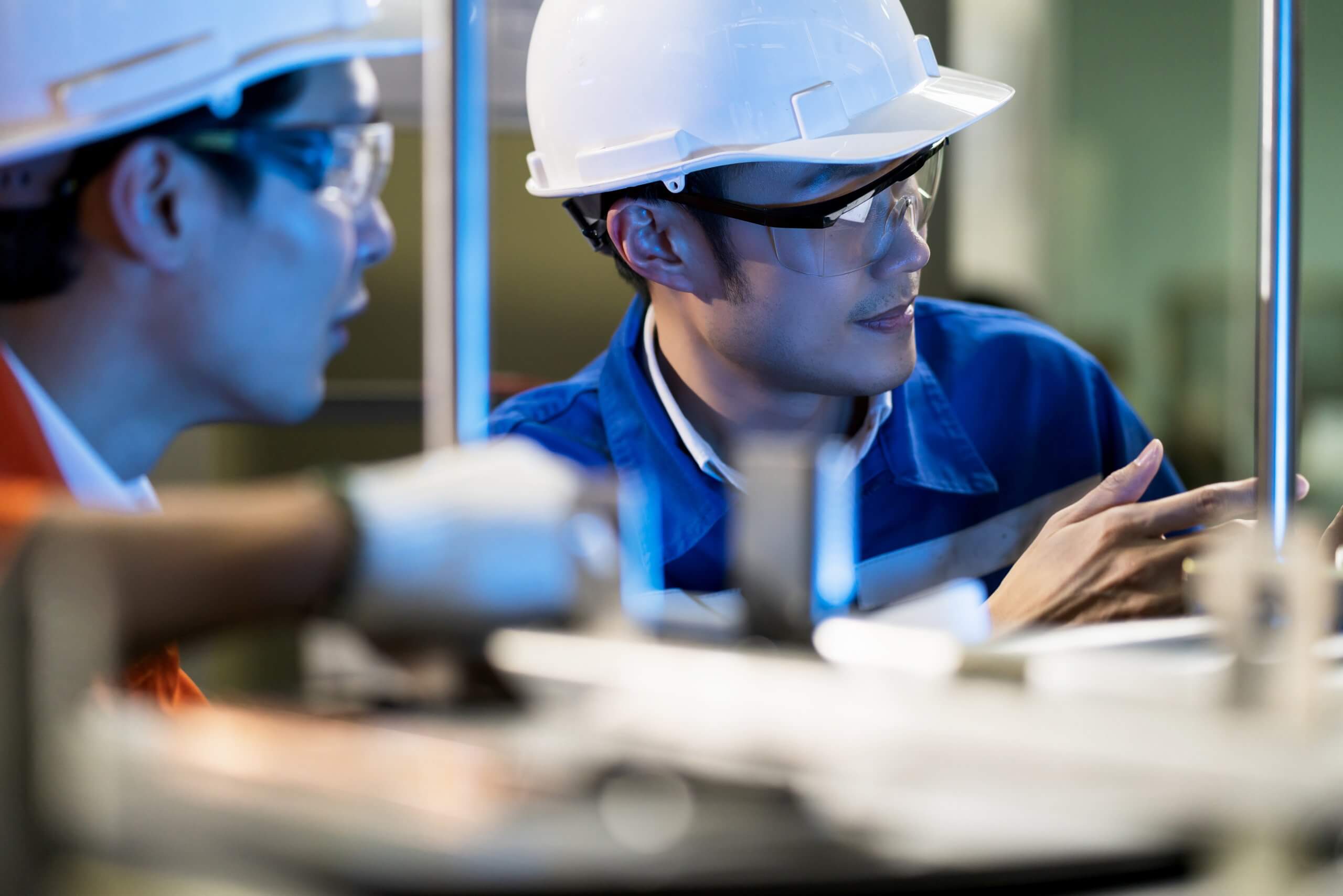When you walk into a CNC machine shop, one of the first things you’ll notice are the safety posters plastered on the walls. These posters often say something like, “The first rule of safety is to follow all safety rules.” It’s a straightforward message, but it underscores a critical point: safety isn’t just for the guys running the machines or programming them; it’s for everyone.
Safety in a CNC environment covers everything from programming to machining, and even installation. It’s an all-encompassing issue that touches every part of the workflow. Let’s dive into the essential safety measures and why they’re so crucial in CNC machining.
The All-Important Clean Workspace
A clean workspace isn’t just about looking tidy; it’s a fundamental safety measure. Metal shavings, oil spills, and other debris on the floor can lead to slips and falls. Keeping the area clean helps prevent accidents and ensures that the workflow isn’t disrupted by unnecessary hazards.
Key Areas to Keep Clean:
- Floors: Regularly sweep and clean to avoid buildup of metal shavings and oil.
- Workbenches: Keep tools and parts organized to prevent clutter.
- Machines: Regularly clean the machines to ensure they run smoothly and efficiently.
Personal Safety Gear
What you wear in the shop can significantly impact your safety. Loose clothing, jewelry, scarves, and even long hair can get caught in machines, leading to severe injuries. Proper safety gear is a must.
Essential Safety Gear:
- Safety Glasses: Protect your eyes from flying debris.
- Ear Protection: CNC machines can be loud, and prolonged exposure can damage your hearing.
- Gloves: Use appropriate gloves when handling sharp parts but avoid them when operating the machine to prevent them from getting caught.
- Proper Footwear: Wear sturdy, closed-toe shoes to protect your feet from heavy objects and spills.
Machine Safety Features
CNC machines are powerful and can be dangerous if not handled correctly. Ensuring that all safety guards are in place and operational is crucial.
Important Safety Features:
- Guarding: Make sure all moving parts are properly guarded.
- Emergency Stops: Know where the emergency stop buttons are and ensure they are easily accessible.
- Interlocks: Do not bypass interlocks or other safety features designed to protect you.
- Regular Maintenance: Keep machines in good working order to prevent malfunctions that could lead to accidents.
Safe Programming Practices
Programming might seem like a low-risk task, but it’s not. Incorrectly programmed tool paths or speeds can lead to dangerous situations.
Safe Programming Tips:
- Verify Tool Paths: Double-check tool paths to ensure they do not collide with fixtures or other parts.
- Appropriate Speeds and Feeds: Use the correct speeds and feeds for the material and tools being used.
- Simulations: Run simulations to catch potential issues before they happen on the machine.
- Tool Management: Keep track of tool wear and replace tools before they become a hazard.
Safety Data Table
Here’s a handy table summarizing some key safety points:
| Safety Aspect | Details |
|---|---|
| Clean Workspace | Sweep floors, organize workbenches, clean machines regularly |
| Personal Safety Gear | Safety glasses, ear protection, proper footwear, no loose clothing |
| Machine Safety Features | Guarding, emergency stops, interlocks, regular maintenance |
| Safe Programming Practices | Verify tool paths, correct speeds and feeds, run simulations, tool management |
Common Safety Pitfalls
It’s easy to become complacent, especially with repetitive tasks or familiar setups. However, complacency can lead to dangerous oversights.
Pitfalls to Avoid:
- Assuming Safety: Never assume that just because a process was safe yesterday, it’s safe today.
- Ignoring Warnings: Always pay attention to machine warnings and errors.
- Skipping Safety Checks: Regularly perform safety checks even if everything seems fine.
Safety in CNC machining is all about attention to detail and never taking shortcuts. From keeping your workspace clean to wearing the right safety gear and following safe programming practices, every step is crucial. By staying vigilant and proactive, you can help ensure that the shop remains a safe place for everyone.
Other Articles You Might Enjoy
- How Do CNC Machining Parts Help Food Automation Machinery Comply with Strict Food Safety Regulations?
Introduction CNC (Computer Numerical Control) machining is a cornerstone of modern manufacturing, providing unparalleled precision and efficiency. In the context of food automation machinery, CNC machining parts play a critical…
- What are the requirements for CNC machining of bearing parts?
Bearings are common and important parts in the automotive industry, which can support transmission components and transmit torque. Generally, CNC machining centers are used to process bearing parts. So what…
- Precision CNC Machining of Steel: High-Volume Production
Precision CNC Machining and High-Volume Production As an integral part of modern manufacturing processes, Precision Computer Numerical Control (CNC) machining brings about unmatched accuracy and consistency in the production of…
- Aluminum CNC Machining Service for Custom Parts
Aluminum CNC machining stands at the forefront of modern manufacturing, epitomizing precision, versatility, and efficiency. With its widespread applications across industries ranging from aerospace to automotive and beyond, aluminum CNC…
- Nickel Alloys in CNC Machining: Inconel 718 vs. Monel K-500 for Aerospace and Marine Applications?
Introduction to CNC Machining and Nickel Alloys Computer Numeric Control (CNC) machining is a pivotal process in the manufacturing industry, using pre-programmed computer software to dictate the movement of factory…
- The Future of CNC Machining in Sustainable Manufacturing
The Future of CNC Machining in Sustainable Manufacturing CNC (Computer Numerically Controlled) machining and sustainable manufacturing are two significant areas with increasing potential in the industrial sector. CNC machining is…









